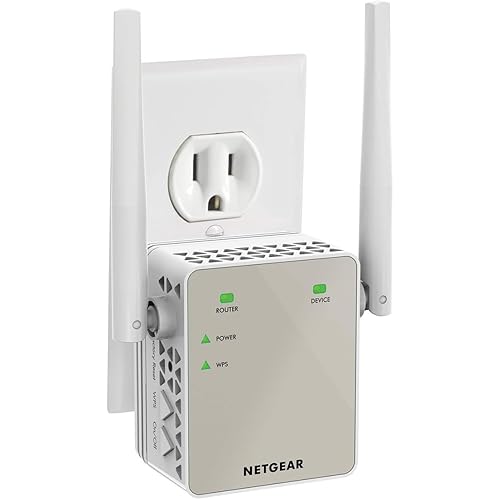NETGEAR 5-Port Gigabit Ethernet Plus Switch (GS105Ev2) - Managed, Desktop or Wall Mount, and Limited Lifetime Protection

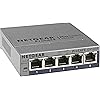

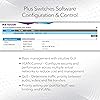
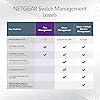
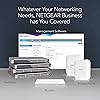
Buy Now, Pay Later
- – 4-month term
- – No impact on credit
- – Instant approval decision
- – Secure and straightforward checkout
Ready to go? Add this product to your cart and select a plan during checkout.
Payment plans are offered through our trusted finance partners Klarna, Affirm, Afterpay, Apple Pay, and PayTomorrow. No-credit-needed leasing options through Acima may also be available at checkout.
Learn more about financing & leasing here.
Selected Option
This item is eligible for return within 30 days of receipt
To qualify for a full refund, items must be returned in their original, unused condition. If an item is returned in a used, damaged, or materially different state, you may be granted a partial refund.
To initiate a return, please visit our Returns Center.
View our full returns policy here.
Recently Viewed
Style: 5 Port with Enhanced Features
Features
- 5 Gigabit Ethernet ports
- Plus software with easy-to-use interface offers basic managed capabilities to configure, secure, and monitor your network
- Supports desktop or wall mount placement
- Lifetime Limited Hardware Warranty, Next Business Day Replacement, and 24/7 chat with a NETGEAR expert
- Energy efficient design compliant with IEEE802.3az
- Silent operation ideal for noise sensitive environment
Description
The NETGEAR GS105Ev2 Smart Managed Plus Desktop Switch features 5-Port Gigabit Ethernet, ProSAFE Lifetime Protection and more.
Color: 5 port
Connector Type: RJ45
Brand: NETGEAR
Compatible Devices: Monitor
Cable Type: Ethernet
Product Dimensions: 3.7 x 3.9 x 1.06 inches
Item Weight: 9.6 ounces
Item model number: GS105E-200NAS
Is Discontinued By Manufacturer: No
Date First Available: December 22, 2013
Manufacturer: Netgear
Country of Origin: China
Frequently asked questions
To initiate a return, please visit our Returns Center.
View our full returns policy here.
- Klarna Financing
- Affirm Pay in 4
- Affirm Financing
- Afterpay Financing
- PayTomorrow Financing
- Financing through Apple Pay
Learn more about financing & leasing here.
Similar Products
Top Amazon Reviews















